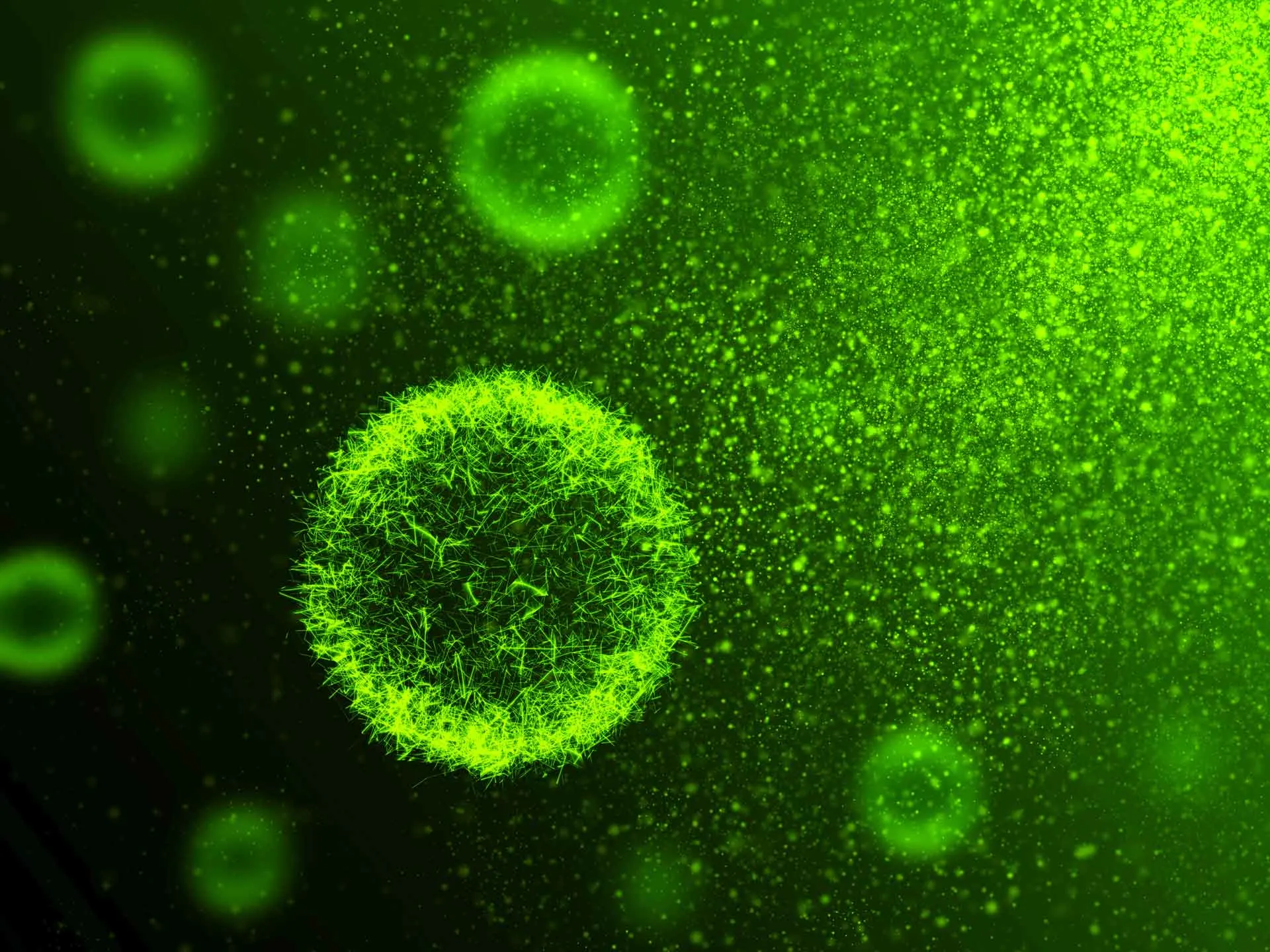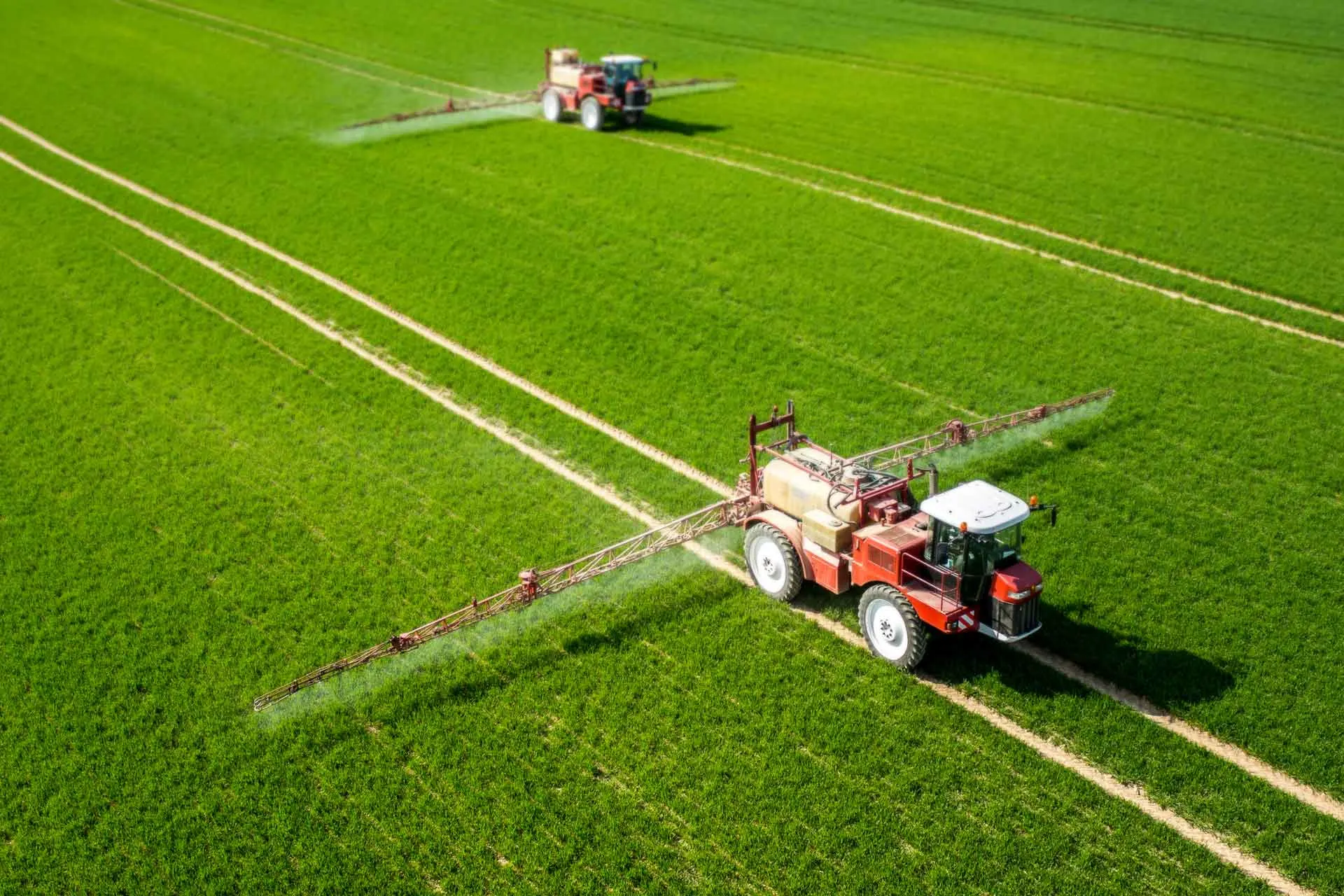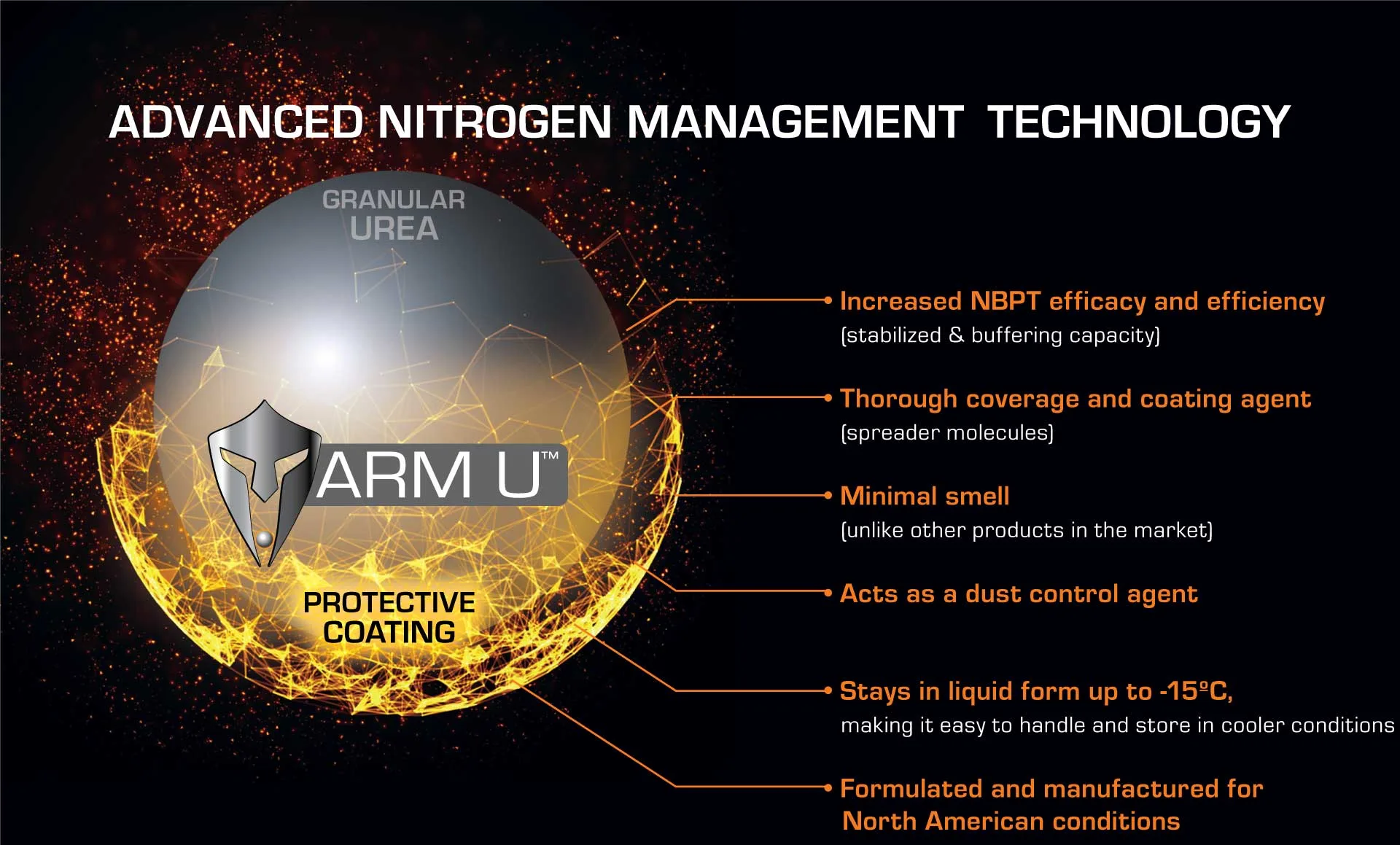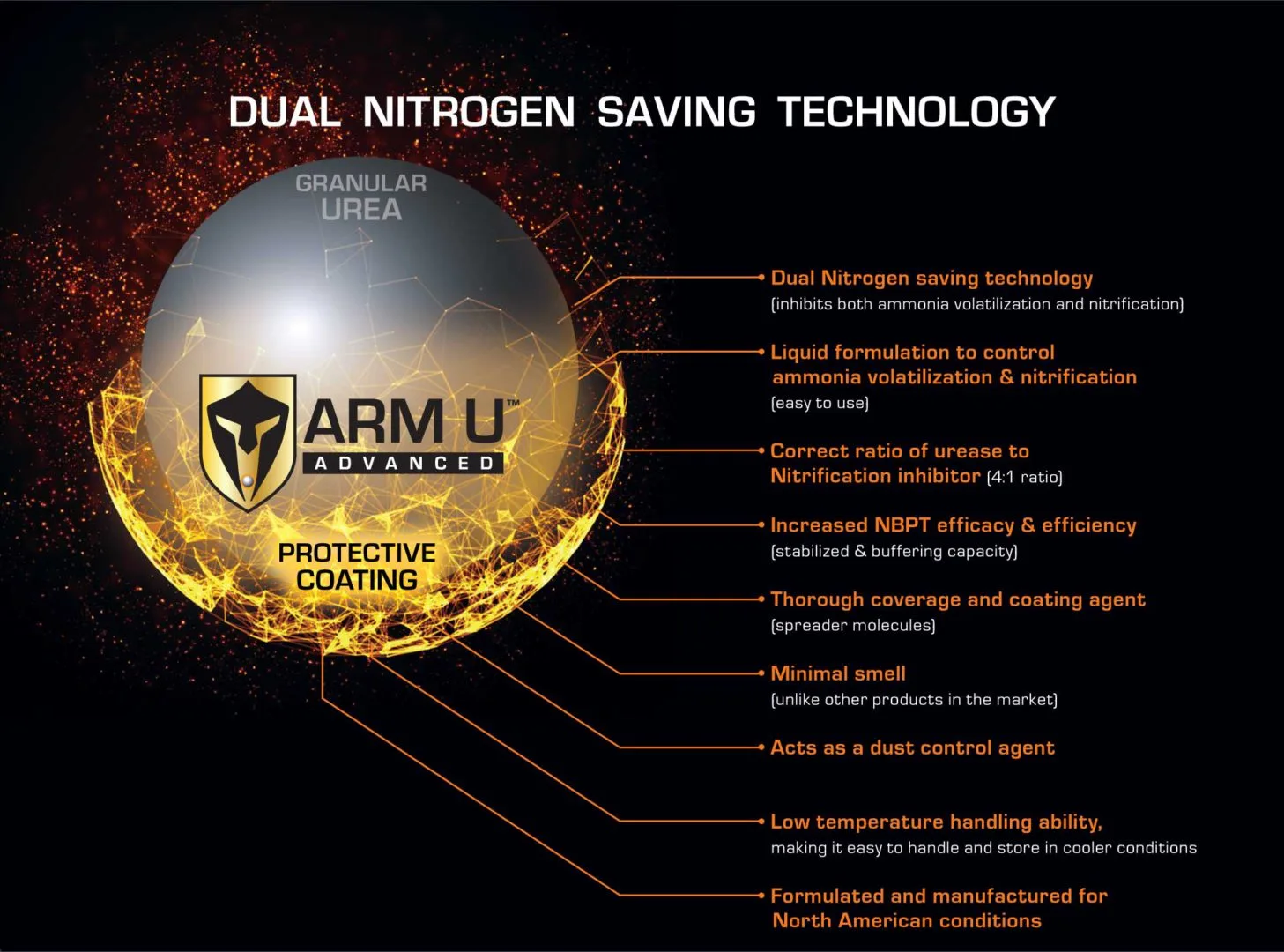Nitrogen is the most essential nutrient out of the 16 required for plant development. Nitrogen is a major component in chlorophyll production which uses sunlight to create sugars and starches, energy for the plant. Nitrogen also has a significant part in developing proteins and nucleic acids of plant DNA which allow cells to grow and multiply. Without nitrogen, life as we know it could not exist.

On this page
Converting Nitrogen for Plants
Even though the earth’s atmosphere is 78% nitrogen, nitrogen gas still must go through a mineralization process before it becomes useable to plants. Organisms like rhizobia and certain algae can convert nitrogen gas into a solid called ammonium (NH3). Ammonium is a form of nitrogen that plants can consume. Unfortunately, in large scale agriculture, the natural processes that replenish ammonium in the soil cannot work fast enough to meet demands.

The Haber-Bosch Process
During WWI chemists Carl Bosch and Fritz Haber discovered how to synthesize ammonium. Their end goal was to make explosives but today Carl and Fritz’s formula is used to make ammonium fertilizer for agricultural use. Under high temperatures and pressure, the Haber-Bosch process converts nitrogen gas to ammonium by fixing it with hydrogen. This synthetic, ammonium fertilizer can be applied to farmers’ fields to drastically improve their crops’ access to nitrogen.

Nitrogen Loss
Unfortunately, not all nitrogen applied to the soil can be consumed by plants in time. Up to 50% of soil-applied nitrogen becomes unavailable to the plant due to volatilization, leaching, and denitrification.
Volatilization is a process where ammonium in the soil breaks down and evaporates. Another procedure, called nitrification, converts ammonium into nitrate (NO3). Nitrate is more unstable in the soil than ammonium and over time it can leach and pollute waterways. Nitrate can also be converted to nitrous oxide (N2O) gas through denitrification and released into the atmosphere. As a greenhouse gas, nitrous oxide is around 300 times more potent than carbon dioxide (CO2) and can remain in the atmosphere for over 100 years.
Not only does nitrogen loss impact crop yield potential, it is also a huge environmental concern. With current issues like world hunger and climate change on the rise, we need to find ways to make agricultural practices as efficient, effective, and non-polluting as possible.

Nitrogen Management
One way to avoid waste and lessen the environmental impact of nitrogen fertilizers is by using nitrogen management technologies like ARM U or ARM U Advanced. ARM U is a nitrogen stabilizer that can reduce ammonium volatilization by 95%. ARM U Advanced is a dual nitrogen stabilizer that can inhibit nitrification as well as ammonium volatilization to the same degree. Both products drastically reduce the amount of fertilizer farmers need to apply to their fields and effectively mitigate the environmental cost.


-

ARM U™ 18% NBPT
ARM U™ 18% NBPT is an NBPT based fertilizer additive that allows plants to absorb a greater amount of nitrogen which otherwise disappears too quickly through conversion to ammonia gas.
-

ARM U™ Advanced
ARM U™ ADVANCED is a two-part nitrogen saving technology that inhibits both ammonia volatilization, nitrification and denitrification.
How it Works
ARM U Advanced contains 3,4-DMPP (3,4-Dimethylpyrazole phosphate) which inhibits the Nitrosomonas and Nitrobacter bacteria that change ammonium into nitrate (nitrification). Without the conversion of ammonium to nitrate there can be no loss of nitrogen through leaching or denitrification.
Both ARM U and ARM U Advanced contain NBPT (N-(n-butyl) thiophosphoric triamide). NBPT prevents ammonium volatilization by inhibiting the urease enzymes which break down ammonium fertilizer.
Unlike other NBPT formulations, ARM U and ARM U Advanced contain polymers (spreader molecules). These polymers increase NBPT’s binding rates to urease enzymes, improving NBPT activity. In addition, ARM U’s high buffering capacity keeps the solution pH below 7, protecting and fully utilizing the nitrogen present in the NBPT molecule.

Benefits of Nitrogen Management
With Arm U virtually halting the loss of nitrogen through volatilization, farmers can reduce the amount of fertilizer used on their fields by 30%. This not only saves profit for farmers, but it also reduces the demand for synthetic fertilizer production.
Using Arm U Advanced to inhibit nitrification, farmers can reduce nitrate pollutants leaching into the ground water and the potent greenhouse gas nitrous oxide contributing to global warming.
When more applied nitrogen can reach the plants, crop size, health, and yield will improve. With 48% of the world’s population being fed by synthetic nitrogen fertilizer, reducing nitrogen loss would have a big part in solving world hunger. Agriculture contributes 67% of nitrous oxide emissions, so inhibiting nitrification would make a significant impact with climate change as well.
Smart management of nitrogen results in a win-win-win situation – more nitrogen available to the plant using less fertilizer with reduced environmental impacts. Let the trusted nitrogen management technology of Arm U and Arm U Advanced be part of your Nitrogen Management System.


